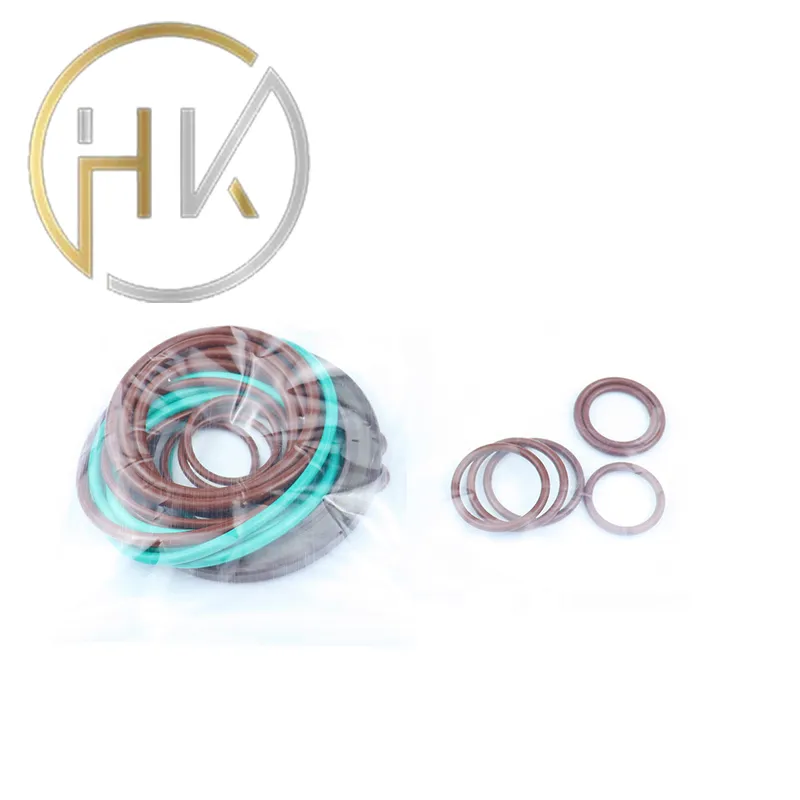Nov . 11, 2024 17:03 Back to list
hub grease seal
Understanding Hub Grease Seals Importance and Maintenance
Hub grease seals are essential components in various machinery, especially in vehicles and trailers. They serve the crucial role of preventing lubricant leakage and protecting internal components from contaminants such as dirt, water, and dust. Proper understanding and maintenance of hub grease seals are vital for ensuring the longevity and reliability of any mechanical system.
What are Hub Grease Seals?
At its core, a hub grease seal is a type of sealing device typically made of rubber or a composite material. These seals are strategically placed in wheel hubs, axle housings, or other rotating equipment to maintain the integrity of the lubricant within the system. By preventing moisture and debris from entering while retaining the grease, these seals contribute significantly to the effective operation of bearings and other moving parts.
Importance of Hub Grease Seals
The importance of hub grease seals cannot be overstated. Firstly, they protect bearings, which are essential for the smooth rotation of wheels and axles. Grease lubricates these bearings, and a well-functioning seal ensures that this lubricant stays in place. If grease leaks out or contaminants get in, it can lead to increased friction, overheating, and ultimately, bearing failure.
In addition, hub grease seals play a critical role in enhancing safety. For vehicles, compromised seals can result in decreased braking efficiency, as well as increased wear on tires and other components. For industrial applications, failures due to poor sealing can lead to costly downtimes and repairs, affecting productivity.
Signs of Seal Failure
Recognizing the early signs of hub grease seal failure is crucial for maintenance
. Common indicators include1. Grease Leakage One of the most obvious signs is visible grease leaking from the wheel hub or axle.
2. Noise Unusual noises, such as grinding or whirring, can indicate that the bearings within the hub are not properly lubricated.
hub grease seal

3. Overheating Excessive heat around the wheel hub can be a sign of inadequate lubrication caused by seal failure.
4. Contaminants If dirt or water is found in the grease, it often indicates that the seal has failed to keep contaminants out.
Maintenance Tips
To prolong the life of hub grease seals and the components they protect, regular maintenance is essential. Here are some tips
1. Regular Inspection Routinely inspect wheel hubs for signs of grease leakage or other issues. Catching problems early can prevent costly repairs down the line.
2. Proper Installation Ensure that grease seals are installed correctly. Improper installation can lead to premature failure.
3. Lubrication Periodically check and replace the grease in the hubs as per the manufacturer’s recommendations to maintain optimal performance.
4. Environment Considerations Be mindful of the operating environment. Harsh conditions can affect seal integrity, so extra precautions may be necessary.
5. Replacement If a seal shows signs of wear or damage, replace it promptly to avoid further complications.
Conclusion
In conclusion, hub grease seals are small but mighty components that play a significant role in the functionality and safety of vehicles and machinery. Understanding their importance, recognizing signs of failure, and adhering to regular maintenance can enhance performance and extend the life of your equipment. By keeping these seals in good condition, you safeguard your investments and ensure smooth operations across various applications.
-
TCN Oil Seal Metal Ring Reinforcement for Heavy Machinery
NewsJul.25,2025
-
Rotary Lip Seal Spring-Loaded Design for High-Speed Applications
NewsJul.25,2025
-
Hydraulic Cylinder Seals Polyurethane Material for High-Impact Jobs
NewsJul.25,2025
-
High Pressure Oil Seal Polyurethane Coating Wear Resistance
NewsJul.25,2025
-
Dust Proof Seal Double Lip Design for Construction Equipment
NewsJul.25,2025
-
Hub Seal Polyurethane Wear Resistance in Agricultural Vehicles
NewsJul.25,2025
-
The Trans-formative Journey of Wheel Hub Oil Seals
NewsJun.06,2025
Products categories
















